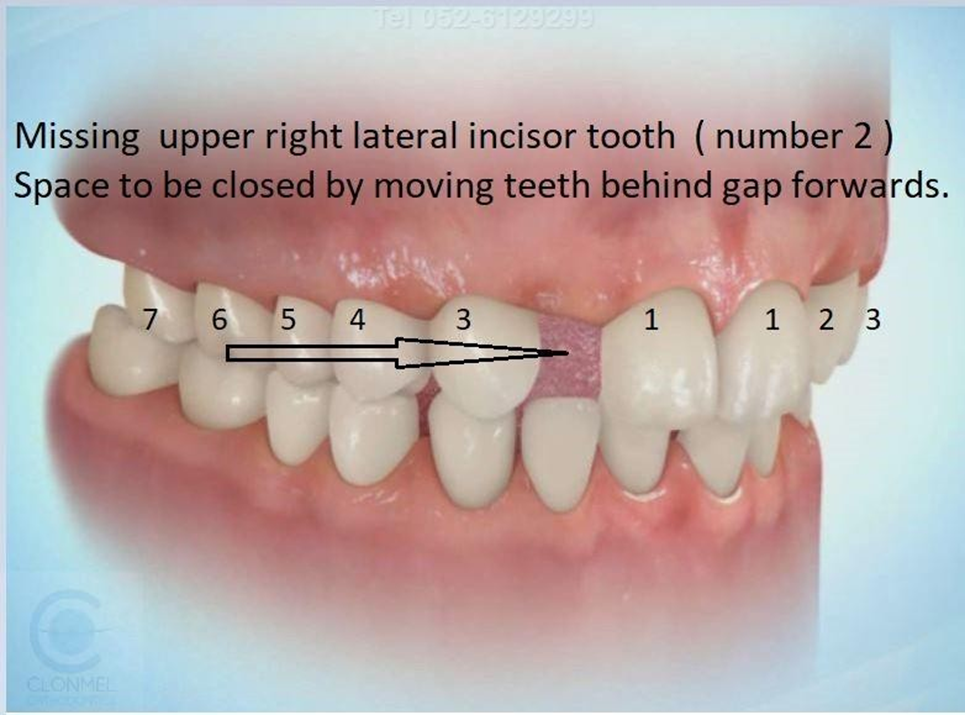Which would be least effective in gaining the cooperation of a toddler during a physical examination?
Tell the child that another child the same age wasn't afraid.
Permit the child to sit on the parent's lap during the examination.
Offer immediate praise for holding still or doing what was asked.
Allow the child to touch and hold the equipment when possible.
The Correct Answer is A
A. Tell the child that another child the same age wasn't afraiD. This approach may backfire as toddlers may not fully understand or relate to the concept of comparison with other children. Additionally, it could potentially increase the child's anxiety by implying that being afraid is abnormal.
B. Permit the child to sit on the parent's lap during the examination: Allowing the child to stay close to their caregiver can provide comfort and security, promoting cooperation during the examination.
C. Offer immediate praise for holding still or doing what was askeD. Positive reinforcement can encourage desired behavior and cooperation by reinforcing the child's efforts to comply with the examination process.
D. Allow the child to touch and hold the equipment when possiblE. Giving the child a sense of control and familiarity with the examination tools can help alleviate fear and increase cooperation during the examination.
Nursing Test Bank
Naxlex Comprehensive Predictor Exams
Related Questions
Correct Answer is D
Explanation
A. Uses thumb and index fingers in a pincer grasp: The pincer grasp typically develops around 9 to 12 months of age, not at 6 months.
B. Sitting steadily without support: Most infants begin to sit steadily without support between 6 and 8 months of age, so this would be considered a developmental milestone for a 6-month-old.
C. Closed posterior fontanel: The posterior fontanel typically closes by 2 months of age. By 6 months, the posterior fontanel should be closed, so this finding would not be expected.
D. Lateral incisors: By 6 months of age, most infants will have erupted their lower central
incisors. The eruption of the lateral incisors typically occurs around 9 to 13 months of age, so this would be a normal finding for a 6-month-old infant.

Correct Answer is C
Explanation
A. Place the crushed tablet in the infant's formulA. Mixing crushed tablets with formula may alter the taste or consistency of the formula, making it less palatable for the infant.
B. Mix the crushed tablet with the infant's cereal: Mixing crushed tablets with cereal may also alter the taste and texture of the cereal, potentially making it unappealing to the infant.
C. Mix the crushed tablet with a small amount of applesaucE. Mixing crushed tablets with a small amount of applesauce is a common method for administering medication to infants and
toddlers. The applesauce helps mask the taste and texture of the crushed tablet, making it easier for the child to swallow.
D. Crushed tablets should only be mixed with water: While water can be used to administer crushed tablets, mixing them with water alone may not effectively mask the taste or texture of the medication, making it less likely that the child will swallow it. Mixing with a food like applesauce is often more palatable for young children.
Whether you are a student looking to ace your exams or a practicing nurse seeking to enhance your expertise , our nursing education contents will empower you with the confidence and competence to make a difference in the lives of patients and become a respected leader in the healthcare field.
Visit Naxlex, invest in your future and unlock endless possibilities with our unparalleled nursing education contents today
Report Wrong Answer on the Current Question
Do you disagree with the answer? If yes, what is your expected answer? Explain.
Kindly be descriptive with the issue you are facing.
